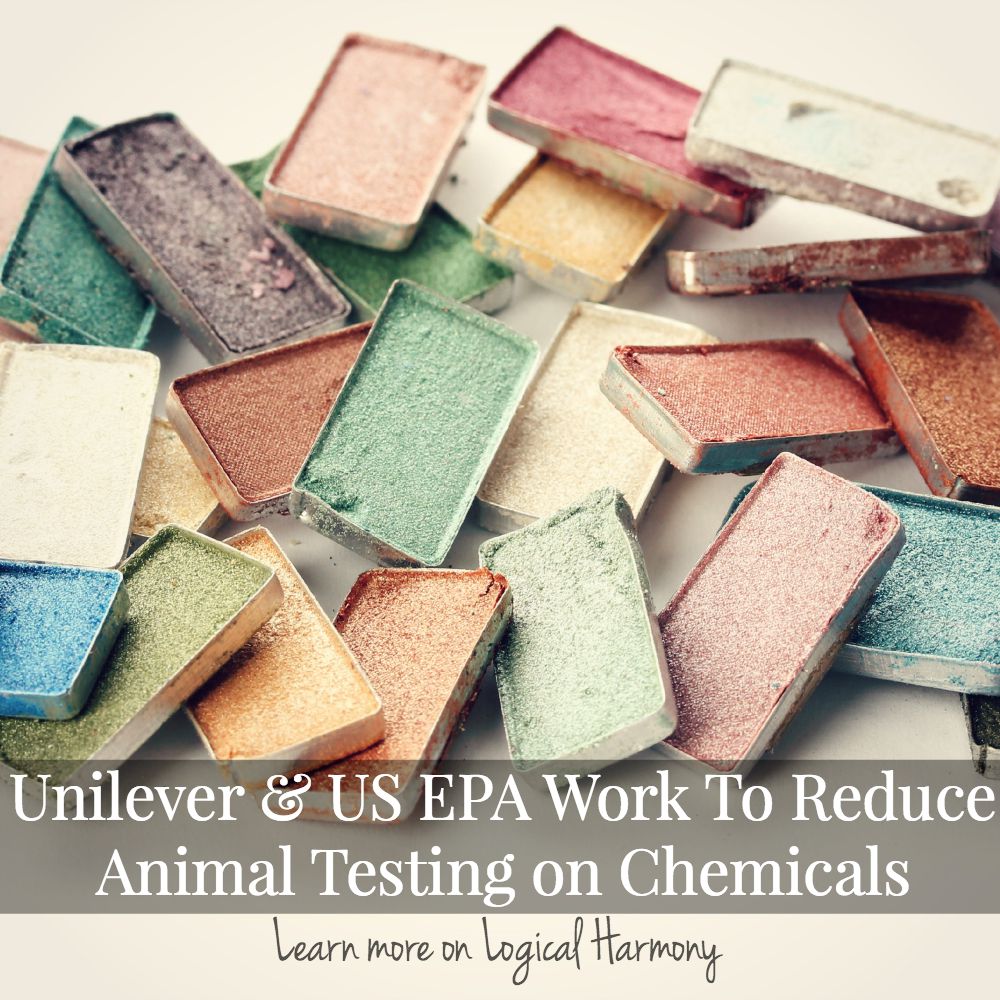Unilever & US EPA Work To Reduce Animal Testing on Chemicals
Though the Unilever stance on animal testing has not changed, they did recently announce plans to work with the United States Environmental Protection Agency (EPA) to reduce animal testing on chemicals. Many chemicals that are used in household and beauty items are currently tested on animals. These tests are often inaccurate and expensive. Unilever is contributing $800,000 and offering considerable scientific expertise towards this cause.
Even if these efforts come from Unilever, who do test on animals, it is still exciting to see steps being taken to reduce animal testing!
Read more about Unilever & US EPA Work To Reduce Animal Testing on Chemicals!
According to a press release from Global Cosmetics News,
Vice President of Unilever’s Safety and Environmental Assurance Centre, Julia Fentem, said, “This research collaboration is strategically very important for Unilever’s long-held ambition to eliminate the need for any animal testing while also continuing to ensure the safety of consumers and our environment. If we had robust scientific tools to accurately and rapidly predict exposures to chemicals at the cellular and molecular levels within the human body, this would be a huge step forward in being able to conduct safety risk assessments without using animal data.”
Case studies will be developed based on chemicals that are of mutual interest to both parties. Unilever will use its considerable consumer knowledge to estimate exposure for the chemicals while EPA will provide and develop data using these automated screening technologies. Information found will be used by both Unilever and EPA and developed into risk assessment. It will also help inform how EPA’s ToxCast project can be used by private and public entities as well as in the development of chemical risk assessments.
Dr. Russell Thomas, Director of EPA’s National Center for Computational Toxicology has said that, “If successful, research from this collaboration will result in better ways to evaluate the potential human health effects of new ingredients and chemicals we currently know little about. These methods could be used by both industry and governmental agencies to reduce the costs associated with safety testing and accelerate the pace of chemical risk assessment.”
